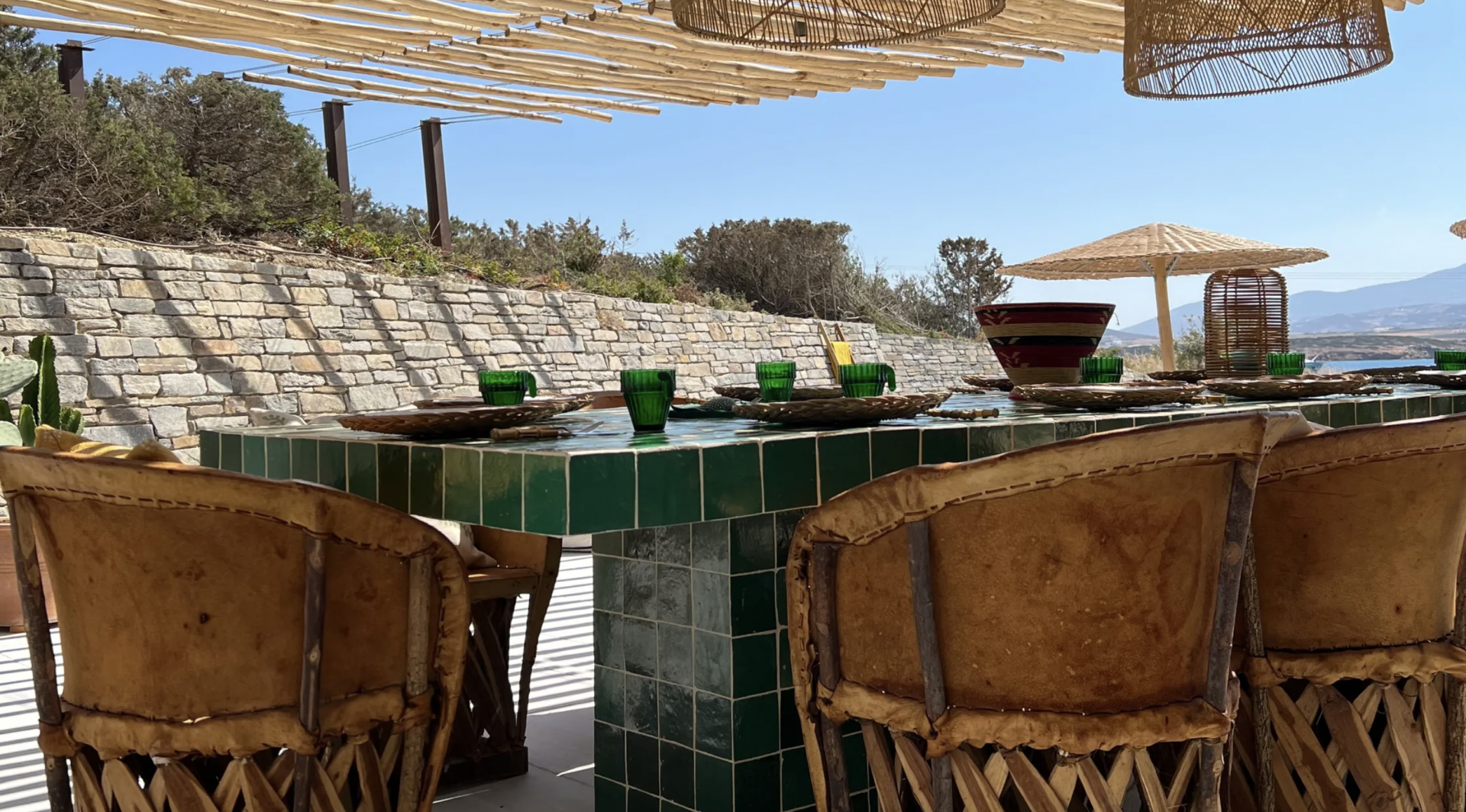What makes your home a happy one? The findings of a new study might surprise reveals The Times newspaper in a recent article. “It’s not about owning your home, but knowing you can live there for as long as you need.”
It’s not about having big windows with lots of light, but whether you can see nature through them. And it’s not about buying that trendy blue velvet sofa, but how much your home reflects who you are. Following trends is, in fact, “overrated”, finds the report, entitled The Science of a Happy Home.
“No one’s ever really tried scientifically to study the inside of a home — how does good design enhance your happiness within it?” says Alex Depledge, who commissioned the study for Resi, the online architectural studio she co-founded. Read more, ‘Can You Design A Happy Home- It’s Easier Than It Looks.’

It’s not the light — it’s the view to the outside that makes us happy at home. Pictured is Melissa Penfold’s Australian country house where windows all look on to the garden.
She started the company, which has designed almost 3,000 projects, after battling through the 2016 extension of her two-bedroom maisonette in south London. “Nobody told me to think about temperature when I put in a nine-metre glass roof,” she says. “There was never a conversation that went, ‘Yes, it will look amazing, but you’re going to boil in the summer.’ Read more, ‘Improve Your Mood With These Top 50 Decorating Tips.’
Nobody told me to ask about noise when we created a third bedroom — you couldn’t go to bed without people flushing the loo above your head.”
The design made Depledge and her husband so unhappy that they decided to escape after the birth of their second child, and now live in a rented property nearby. Researchers asked 4,000 people in Britain to describe their homes through 10 personality traits using the OCEAN psychology framework, and compared this to each person’s satisfaction with their home and life. Sixteen video interviews with home improvers complemented the data. From this, they identified six key qualities of a happy home. Read more, ’10 Interior Tips to Happy Up Your Home.’
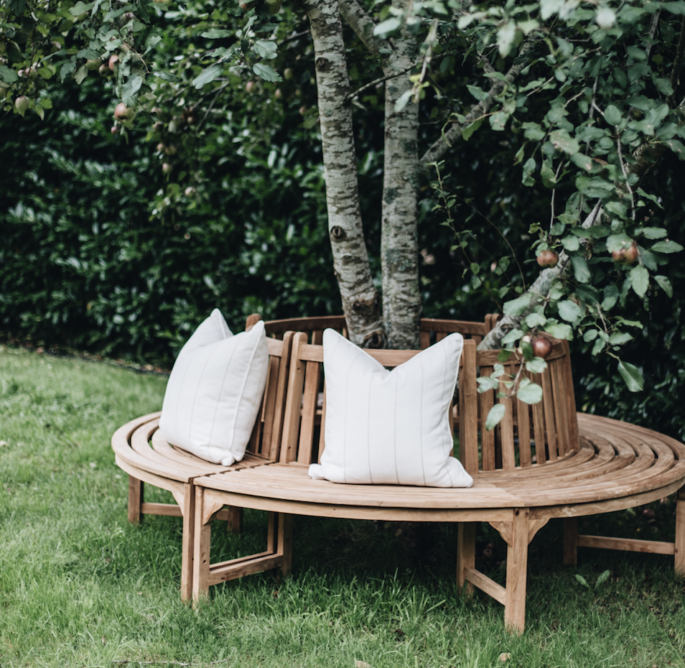
The spaces that matter most to home happiness are private gardens, balconies and open-plan living rooms. All of these make us feel more connected. Pictured is Melissa Penfold’s garden in Australia’s Southern Highlands.
According to the report, satisfaction peaks in the “honeymoon period” — the first year after moving into a home. It falls sharply over the next five years, especially for those with children, suggesting that the house no longer meets their needs. Read more, ‘How To Decorate For Happiness and Mental-Wellbeing.’
It’s surprising when we spend more time at home than anywhere else, when it comes to understanding how to live well we too often lack confidence or power to change how the home affects us. We barely have the language to articulate ourselves, and so our comfort zone becomes making do, carrying on. While knowledge has been accumulated on several design factors – the importance of natural light, the impact of colour – a lot of important, well-researched stuff is too often missing.
No two homes are the same, which makes identifying happy homes difficult. Our experience of the home is hugely influenced by who we live with. Wellbeing is about our personal resources and external conditions. Our homes are not just defined by physical characteristics, they are one of the basic building blocks of how we experience the world. Read more, ’10 Ways To Master The Perfect Room.’
Here are the key features of domestic bliss identified in the report.
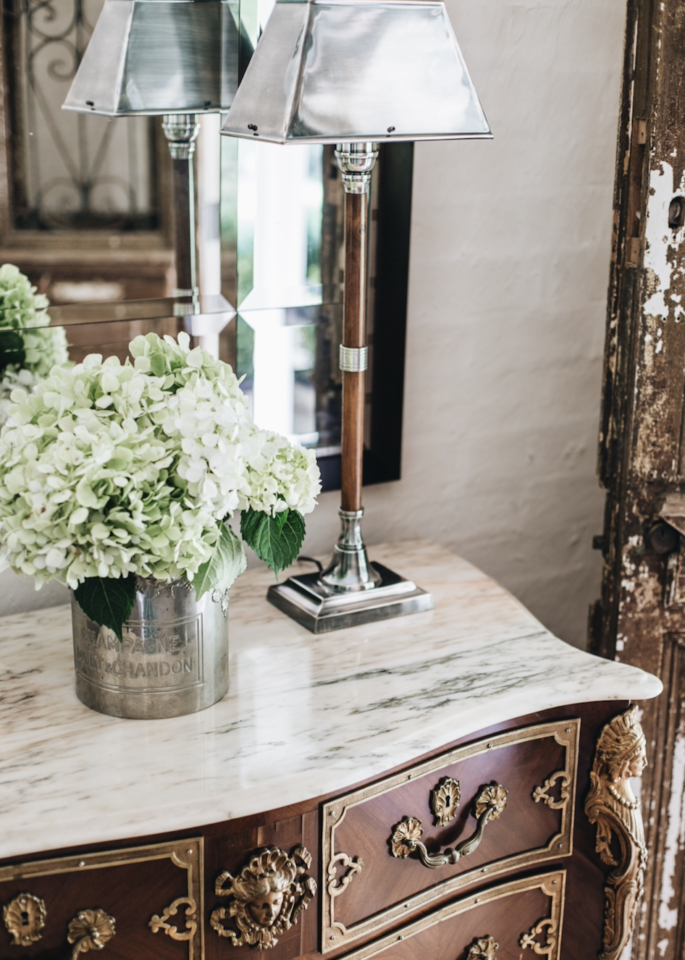
Homes should be about expressing you — they shouldn’t be about getting copper taps that are going to fade as a trend in three years.Melissa Penfold’s country home, pictured, mirrors her true style, which is one of the key features of a happy home.
1. SECURE
Homes must meet our basic needs for shelter, safety and stability. The biggest demographic predictor of home satisfaction — more than your income or relationship status — is whether you own it. People in flats are less happy than those in detached houses or semis because they are more likely to rent.
“Ask for the building control certificate to ensure it is safe”
“However, the data reveals that it is wrong to assume the security offered by home ownership can guarantee our happiness,” the report says. “Rather it is the insecurity of renting that can hold us back.” Social renters with secure lifetime tenancies have more life satisfaction than people who own mortgage-free. Top tip Ask your seller, builder or landlord for a copy of the building control certificate to ensure the home is safe.
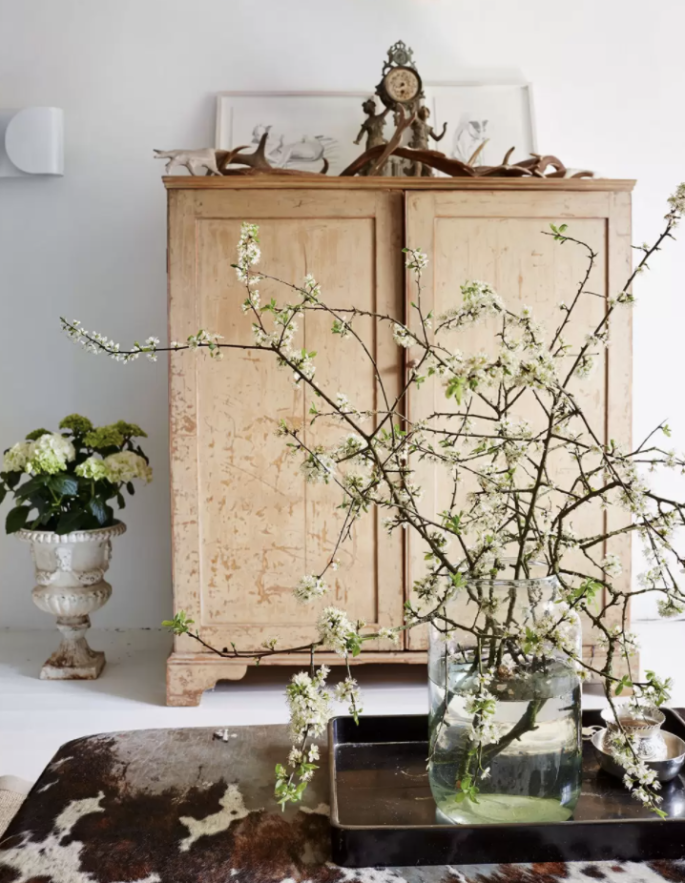
When interior designer Harriet Anstruther took possession of her run-down Sussex farmhouse, she put her eclectic mark on it, while keeping its original features. Those who are happiest at home say their homes reflect who they are. Image via House & Garden UK.
2. RELAXED
People who describe their home as “relaxed” are more likely to be happy than those using any of the other personality traits, including sociable, organised, or balanced. Almost half of us switch off most easily in our living rooms, and a third in our bedrooms. Read more, ‘How to Create A Serene Room.’
“Turn unused walls or corners into reading nooks for quiet moments”
Top tip Turn unused walls or corners into reading nooks for quiet moments. “The trick to creating a great nook is the scale,” says Jennifer Hamilton, director of the Vawdrey House, an architectural design studio. “Deep down, most people still love the concept of tucking oneself away into a cosy corner, as you do as a child. By framing that into a seat large enough to tuck your legs into, but small enough to enclose you all around, you are effectively creating the ideal childhood den for grown-ups, too. Team that with soft lighting and a framed view out of a window, or a backdrop of books or opulent padding, and you cannot fail to entice people in.”
Relaxed spaces work to make us feel calm and at ease, they are spaces where we can switch off and put our feet up. 90% of those most satisfied with their home say their home often or always makes them feel relaxed whereas only half of those most dissatisfied with their home say this. Feeling at ease is closely linked to the ways in which our homes must be ‘adaptable’ in meeting our day to day needs. Feeling relaxed on the other hand is more likely to be linked to design choices and ‘relaxed’ was the home personality trait most associated with home satisfaction. After relaxed, sociable and distinctive had significant positive impacts on how we feel about our homes. Read more, ‘Designing A Feelgood Home.’
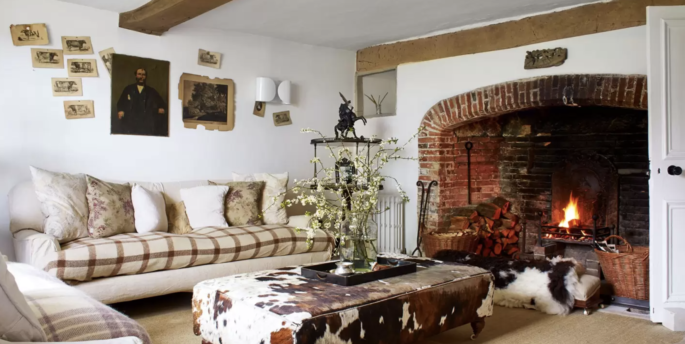
People who describe their home as “relaxed” are more likely to be happy than those using any of the other personality traits such as designer Harriet Anstruther’s Sussex farmhouse. Image via House & Garden UK.
3. MIRRORS YOU
One of the strongest findings, Depledge says, is that you’re far happier when your home is unique to you: “It’s almost anti-trend.” About 80% of those who are happiest at home say their homes reflect who they are, while just 7% of those who are unhappiest agree. “It should be about expressing you — it shouldn’t be about getting copper taps that are going to fade as a trend in three years.”
“Display sentimental items to make a space your own”
Yet video interviews showed that most home improvers think about other people’s needs rather than their own. They prioritised “a future owner of their house, even when they had no intention of selling”, the report says. Depledge adds: “They also think about people visiting the home, and ‘What does my home say about me?’. A lot of people get sucked into trends.” “This suggests that following trends is overrated,” the report finds. Whether you’re choosing a new lamp or extension, it advises questioning “how it meets your needs or helps you express yourself”. Top tip: Display sentimental items to make a space your own, Depledge says. This could be as simple as putting up a corkboard with photos and cards, hanging a souvenir from a special holiday or framing a sports shirt.

One of the strongest findings, is that you’re far happier when your home is unique to you such as Harriet Anstruther’s Sussex farmhouse. Image via House & Garden UK
4. NOURISHING
How satisfied we are with the views from our windows is a bigger predictor of our happiness than our satisfaction with sunlight levels in our homes. “For the longest time, everyone’s talked about how we need lots of natural light pouring in,” Depledge says. “But we found that it’s not the light — it’s the view to the outside. It’s the connection to nature and greenery that is actually much more important. That was one of the big surprises.” Top tips include more houseplants — even artificial ones have similar benefits. If you have a garden, add seating to make it your sanctuary.
“It’s not the light — it’s the view to the outside”
Bounce daylight and views around the room by hanging a mirror next to a window. If you install a new window, place it carefully to consider the view and to limit overheating. “Too big and south-facing, and it will contribute a lot of solar radiation,” says Sarah Price, head of building physics at Enhabit, a low-energy design consultancy. Skylights can bring in almost twice as much daylight as vertical windows — choose triple or quadruple glazing to stop you roasting in summer or shivering in winter. Reduce heat gain from existing roof lights with solar film or automated blinds: external ones are most efficient, Price says.
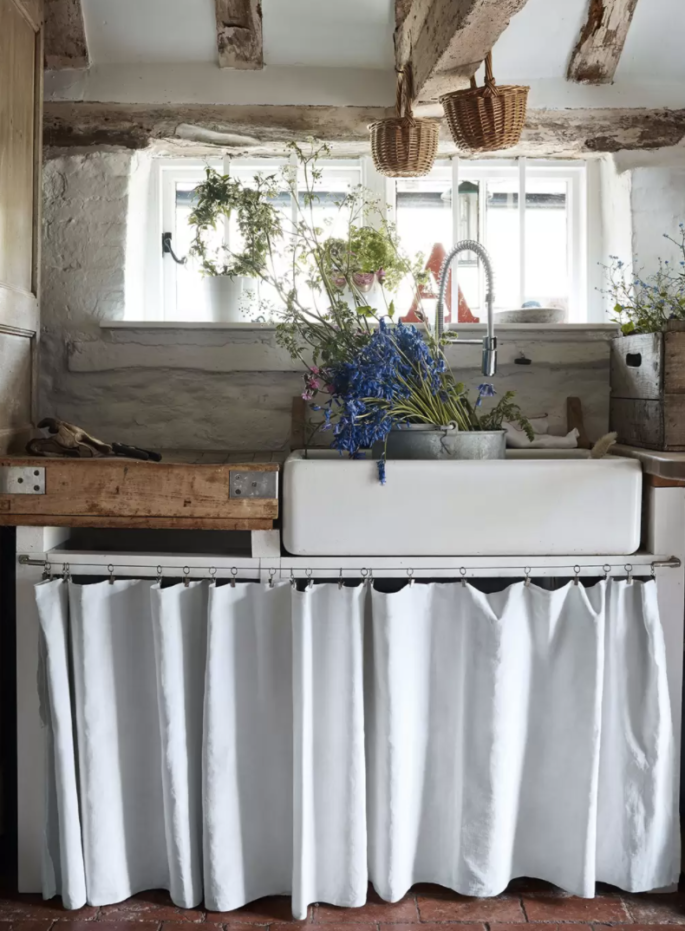
Harriet Anstruther Sussex farmhouse. Image via House & Garden UK
5. ADAPTABLE
We are most satisfied when we can adapt our layout as needs change: 92% of those happiest at home agree that their house meets their needs, while only 20% of those unhappiest at home feel this. For families with children over five, an adaptable open-plan living space is three times as important to home satisfaction.
Top tip: Use rugs, screens or modular shelves to break up larger spaces without renovating. Mirrors and panels on the wall can also mark zones within a room. On a bigger budget, try steel-framed glass doors. The Vawdrey House used these to subdivide the cavernous knocked-through living room of a family home in Beckenham, southeast London, which had become the preserve of Christmas parties. Now the rooms are back in use, but can be joined when needed — and the glazing retains the daylight they would have lost had they put up a wall. Read more, ‘What Home Improvements Will Add Value To Your Room.’
“For families, an adaptable living space is three times as important to home satisfaction”
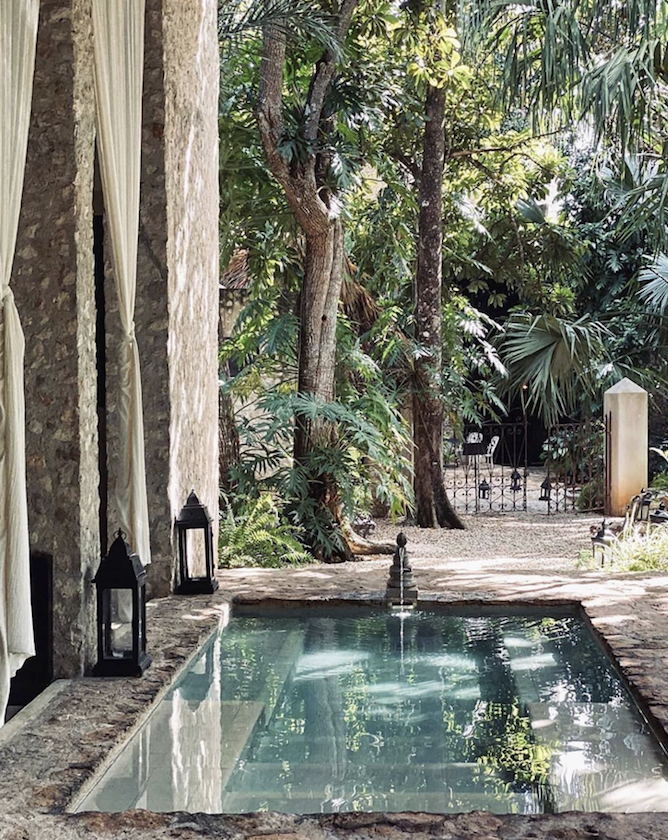
Private gardens can enhance our feelings of connectedness and being sociable, which means we are more likely to feel happy at home.
Whether you enjoy sharing food as a household or hosting bigger celebrations, adaptable homes can serve different functions both day to day and over many years. This is important because time spent in the home is not divided equally; some spaces are utilised a great deal more than others. A one bedroom flat may be carefully calibrated to proportion kitchen, sleeping and bathroom spaces, whilst a large home may have rooms reserved for guests or a dining room for special occasions. Regardless of the size of your home, most of us can make our homes work harder to support our wellbeing and happiness by focusing on creating adaptable spaces.
Adaptability requires us to think of our homes less in terms of size and dimensions, rooms and storage (although these things are important) and more in terms of the multiple uses and functions that each space can host.
In fact, when we look at the aspects of our homes that matter most to us, our data shows that the ability to change the layouts of our spaces as our needs change is more important that the size of our biggest or smallest bedrooms. Our needs change but our homes don’t – unless we change them or move home. The report says 92% of those most happy at home agree that that their house met their needs, while only 20% of those most unhappy at home feel this. This suggests that moving to a new house isn’t the same as upgrading. We may think that a new home will make us feel happier, but our needs can change quickly, and our homes must be able to accommodate this.
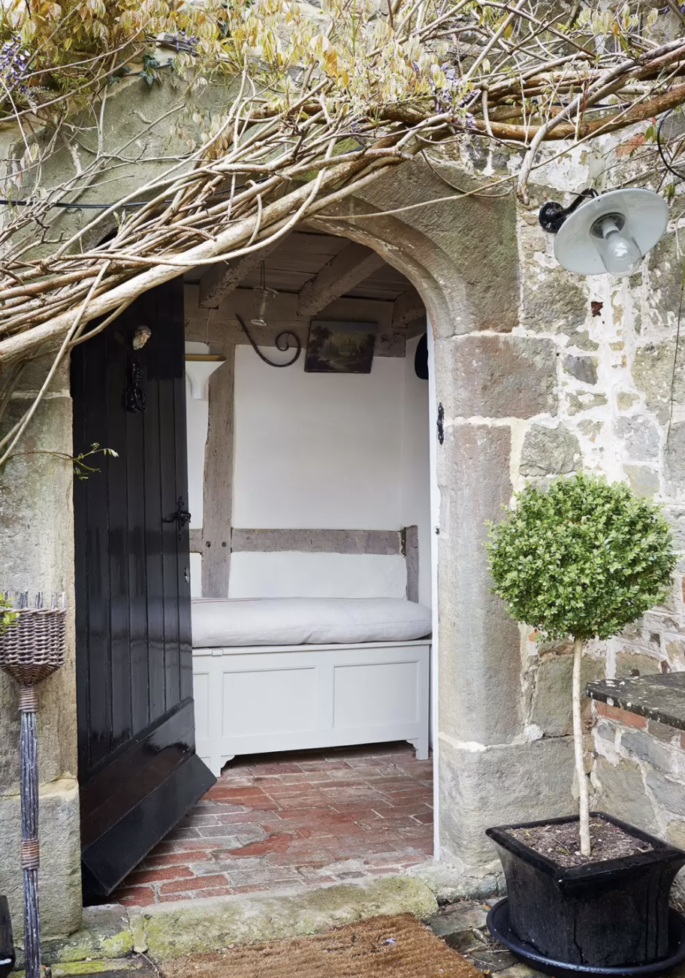
Harriet Anstruther’s Sussex farmhouse. Image via House & Garden UK
6. CONNECTED
The spaces that matter most to home happiness are private gardens, balconies and open-plan living rooms. All of these make us feel more connected. For the 23% of interviewees who work from home at least some of the time, balconies are particularly important. The survey also suggests a quarter of homes, or 6.25m, are now open-plan. “This is a significant shift in the way we live,” the report says.
Top tip: Arrange seating in a way that makes it natural to connect. In her new book, Happy Starts at Home (out next month; Cico Books), the design psychology coach Rebecca West recounts how one client never used her playful living room, with its tomato-orange fireplace and sleek grey mid-century sofas. Lined up like benches, the sofas forced guests to face each other “almost as a direct challenge” across two square metal coffee tables with sharp points diagonally angled toward them.
“Balconies are important to those who work from home”
Give people options to sit next to, opposite or at 90 degrees to each other — not lined up like a waiting room or all facing a big TV. “Think of the feeling of folks gathered around a campfire,” West writes. Create a natural path through the room, at least one metre wide and with no sharp angles intruding into it, she says. And tone down colours that “practically scream at your guests to enjoy themselves”. Sociability is a home personality trait that is strongly associated with home happiness. This means that people who describe their homes as sociable are more likely to be happy at home.
The spaces that matter most, on average, to our home happiness are private gardens, balconies, and open plan spaces.
All these spaces can enhance our feelings of connectedness. Our data suggests that a quarter of homes have an open plan layout. If our data is representative, this means that close to 6.25 million households now have open plan living. Connection to nature and the wider outside world are also important. After five years in a home, the decline in satisfaction plateaus and then reverses slightly. This trend likely reflects the increased community links and bonds which we typically accumulate locally over time.
Interaction beyond our front door is also important as it offers a sense of connection to the wider world. The importance of ‘nourishing’ windows with views outside and balconies is linked to the importance of connection to the outside world, to nature and to others. These outdoor rooms are just as important as our indoor spaces. Our data finds that balconies were particularly important to our home satisfaction, especially amongst those who typically work at home throughout the day. The connection may also come with the ‘security’ of living in a home for some time.
The decline in the satisfaction that follows the honeymoon period of moving into a new home plateaus after five years and then reverses slightly.
This trend likely reflects the increased community links and bonds (or social capital) which we typically accumulate locally over time. Creating homes where we can interact and be sociable is a key part of how we make memories in our homes, develop attachments, build up sentimental value and develop routines with those we live with.
***Parts of this article first appeared in The Times, thetimes.com.uk

Image via Louise De Chevigny for @jardinssecrets

